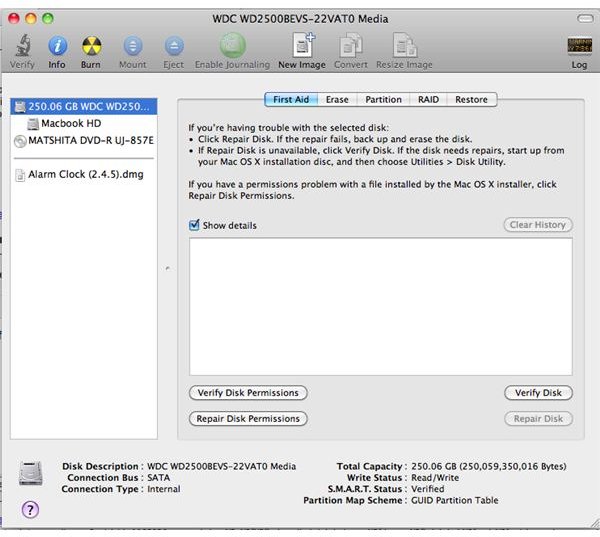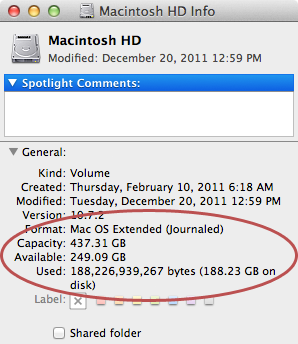

It is impossible to enlarge the last volume as there is no volume succeeding it that you can delete. Congratulations! You have successfully merged (enlarged) a partition/volume on Mac. G) If required, drag the endpoint of the partition you wish to enlarge to the freed space. In the Partition Device dialog window, click Partition. So, ensure you have a backup of your Mac before you execute any partition operation.Ī) Navigate to Finder > Applications > Utilities > Disk Utility to open the Disk Utility app.ī) In Disk Utility, go to View > Show All Devices to list storage disk structure in the sidebar.į) Click Apply. Merge Mac Partitions with Disk Utility Warning: Merge operation results in data loss. Once merging is over, restore the backed-up data. Since enlargement or merging requires deletion, you must back up your Mac storage drive using Time Machine to ensure you safely merge volumes without losing data. You can take the help of Disk Utility to Add, Delete, or Enlarge APFS volumes on Mac running on Ventura or earlier. And, macOS is installed on a volume group, in which Macintosh HD (the first volume) stores system files and Macintosh HD – Data (the second volume) saves user data.īut you can divide your Mac storage drive into multiple containers and split any container into more than one volume. The Newer Mac model’s internal storage drive, by default, comes with a single APFS container (or partition).

In case of data loss due to merging partitions, download Stellar Data Recovery Professional for Mac to look for any lost or deleted partitions and recover data from them. Also, know the Intel-related ‘can’t merge partition’ issue on the startup disk. Summary: Learn the correct method to merge Mac partitions and preclude any data loss that might occur during the merging process.


 0 kommentar(er)
0 kommentar(er)
